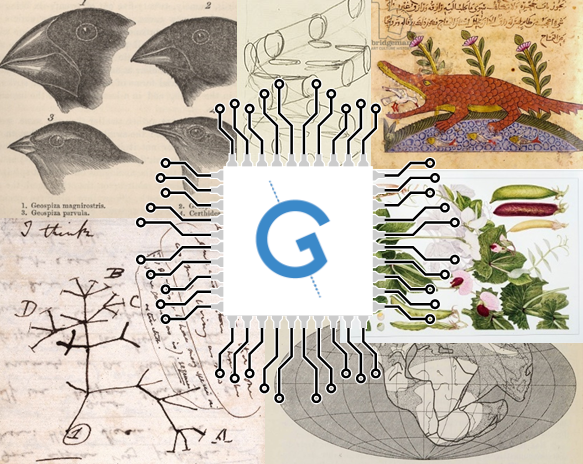GEN3SIS
Processed based Simulation Modelling
Biodiversity modelling is largely focused on contemporary ecological constrains on species diversity, while modelling the processes of diversification itself in a spatial context remains challenging. Traditional correlative approaches in macroecology may not provide a mechanistic understanding of the way historical processes have shaped the distribution of biodiversity. To disentangle causalities for emergent patterns, the application of dynamic simulation models may provide a better mechanistic understanding on biodiversity gradients.

For that, we are developing GEN3SIS (formely named GaSM), which is a process based simulation model and infers biodiversity patterns from historical range dynamics taking into account eco-evolutionary feedbacks. This spatial diversification model will provide an important tool for null hypothesis testing and better understanding of the processes of speciation and extinction, which will be contrasted with empirical data. Case studies will include the diversification of tree assemblages (e.g. within the Fagaceae family), marine system (e.g. shallow reef habitat in interaction with another project specific to coral reef system) and alpine plant assemblages.
Ultimately, the model will inform on the ecosystem responses to global changes, and especially the loss of diversification potential for biodiversity. This may challenge current conservation practice, and move current concepts toward an increased focus on the conservation of evolutionary potential.

Publications
Hagen et al.: Mountain building, climate cooling and the richness of cold‐adapted plants in the Northern Hemisphere. Journal of Biogeography, vol. 46: no. 8, pp. 1792-1807, Oxford: Wiley, 2019. doi: external page 10.1111/jbi.13653
Etienne et al.: A minimal model for the latitudinal diversity gradient suggests a dominant role for ecological limits. The American Naturalist, 2019, doi: external page /10.1086/705243
Pontarp et al.: The latitudinal diversity gradient: Novel understanding through mechanistic eco-evolutionary models. Trends in Ecology and Evolution, vol. 34, issue 3, p211-223, 2019, doi: external page /10.1016/j.tree.2018.11.009
Warren et al.: Evaluating alternative explanations for an association of extinction risk and evolutionary uniqueness in multiple insular lineages. Evolution, 2018. doi: external page /10.1111/evo.13582
Hagen et al.: Estimating age-dependent extinction: contrasting evidence from fossils and phylogenies. Systematic Biology, Volume 67, Issue 3, Pages 458–474, 2018, doi: external page /10.1093/sysbio/syx082
Hagen et al.: TreeSimGM: Simulating phylogenetic trees under general Bellman-Harris models with lineage-specific shifts of speciation and extinction in R. Methods in Ecology and Evolution, Volume9, Issue3, Pages 754-760, 2018, doi: external page /10.1111/2041-210X.12917
Pellissier et al.: Are global hotspots of endemic richness shaped by plate tectonics? Biological journal of the Linnean Society, Oxford: Oxford University Press, 2018, doi: external page /10.1093/biolinnean/blx125
Leprieur et al.: Plate tectonics drive tropical reef biodiversity dynamics. Nature Communications, 6 May 2016, doi: external page 10.1038/ncomms11461

